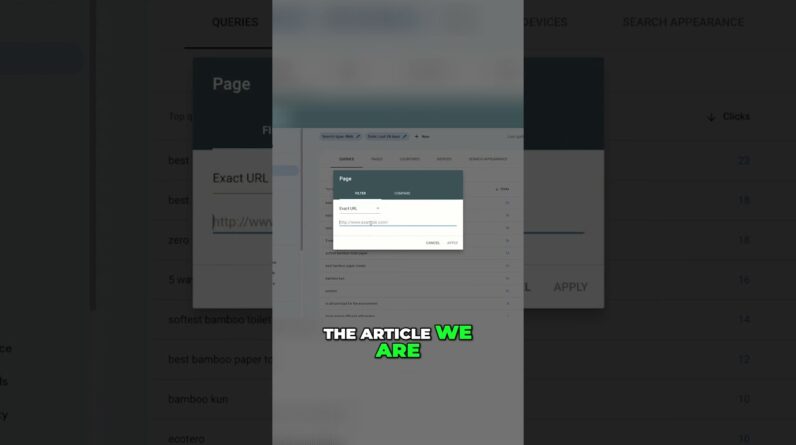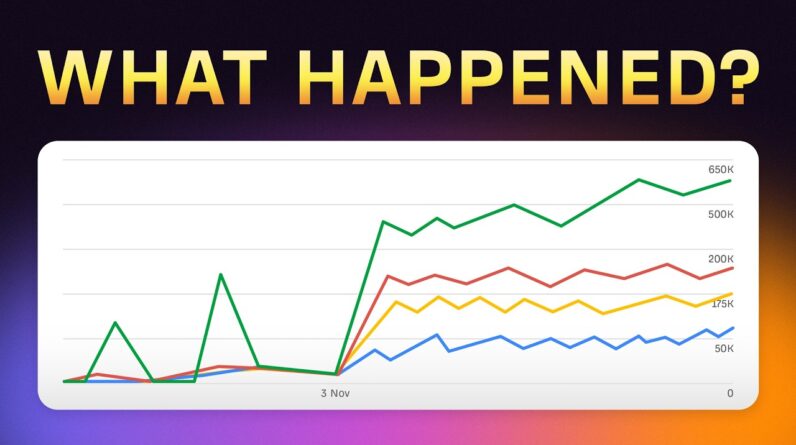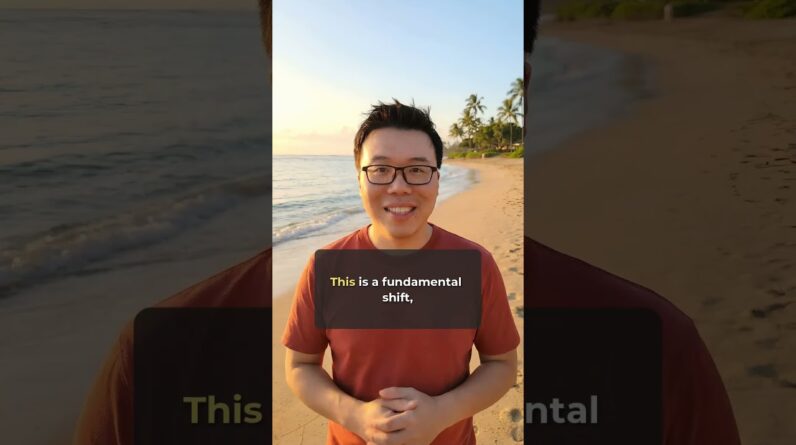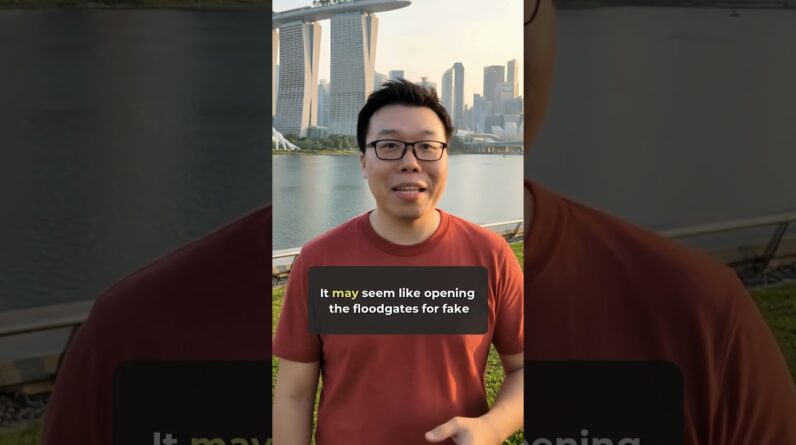
Are you struggling to pinpoint secondary search intent keywords for your content? In this blog post, we will guide you through the process of identifying these crucial keywords to enhance your SEO strategy.
How to Identify Secondary Search Intent Keywords
Introduction
When it comes to optimizing your content for search engines, understanding search intent is crucial. Your main keyword may attract traffic, but what about the secondary search intents? These are the hidden gems that can drive more organic traffic to your website. In this review, we will delve into the video by Rank Math SEO, where they discuss how to identify secondary search intent keywords that can boost your SEO efforts.
What is Search Intent?
Search intent refers to the purpose behind a user’s search query. It can be informational, navigational, transactional, or commercial investigation. Understanding the search intent can help you create content that aligns with what users are looking for.
Finding Secondary Search Intents
In the video, Rank Math SEO emphasizes the importance of finding secondary search intents by examining the queries your article ranks for, other than the main keyword.
-
Use Google Search Console: This tool is a goldmine for discovering search queries related to your content. Head over to the Queries tab in Search Console and filter by the page URL you want to analyze.
-
Identify Low-Click Keywords: Look for keywords that your article is ranking for but not getting many clicks. These are the secondary search intents that you need to pay attention to.
Example: Updating an Article Targeting “Zero Waste Makeup Brands”
Let’s say you have an article targeting the main keyword “Zero Waste Makeup Brands.” Upon analyzing your Google Search Console data, you discover that your article ranks for keywords like “Eco-friendly cosmetic companies” or “Sustainable beauty products.” These are secondary search intents that you can leverage to attract a wider audience.
Google’s Algorithm and Secondary Search Intents
Google’s algorithm is smart and tries to rank your article for these secondary phrases. By optimizing your content to better align with these secondary search intents, you can improve your chances of ranking higher in search results.
Conclusion
Identifying secondary search intent keywords is a game-changer in your SEO strategy. By paying attention to these hidden keywords, you can drive more organic traffic to your website and increase your online visibility.
FAQs
- How do secondary search intents impact SEO rankings?
- Can I ignore secondary search intents and focus only on the main keyword?
- What are some tools besides Google Search Console that can help me identify secondary search intents?
- Should I create separate content for secondary search intent keywords?
- How frequently should I update my content to align with secondary search intents?






